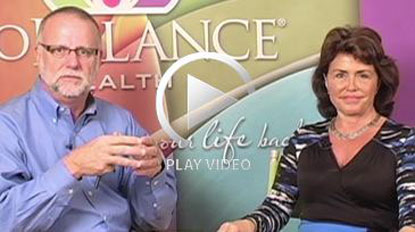Why would paying cash for a prescription cost less than paying the insurance co-pay?
Please notice that we are not talking about why drugs are so expensive, that may be a part of our discussion today, but it is not the focus on our conversation. The American public does not understand why health care is so expensive and so difficult to manage for most of us.
We are looking into this topic because of an article published in the Post-Dispatch on March 18, 2018. The article was in the business section of the paper and talked about a health economist, a woman named Karen Van Nuys, from the University of Southern California Schaeffer Center for Health Policy. Ms. Van Nuys, was obtaining a prescription from her pharmacist and happened to ask her pharmacist how much her prescription would cost her if she paid cash instead of her co-pay, using her insurance. What she found will upset you.
Because of the answer from her pharmacist, Ms. Van Nuys discovered that there are contracts between the pharmacies and the pharmaceutical benefits managers of various insurance companies. These contracts often require that the pharmacist not tell the patient that a prescription would be cheaper if they paid cash and did not use their insurance card for its coverage and just pay the co-pay. The way this works is that you can ask, but they can’t tell you in advance. We learned that often, especially with generic drugs, a cash price is much lower than the co-pay price. Why does this happen? What happens to the extra money? This is called a claw back practice. The company that the insurance company hires (or a division of the insurance company itself) gets to make and keep the money in their profit account when they deduct the actual price of the drug against their supply cost, from the price the pharmacist obtains from the patient.
If the patient is trained to expect to pay a co-pay amount (often standardized for drug class levels, $5, $20, $30 co-pays) then the patient just hands the pharmacist their insurance card and the insurance company is billed whatever they are billed by the pharmacist for providing the drug in question. When the cost of the drug is lower than the co-pay charge, the middle man (the pharmaceutical benefits manager for your insurance company) gets to keep the overage as profit. You, the patient is none the wiser.
What the author of the article discovered is that on average we, as patients, overpay 23% of the time and never know it. If you ask the pharmacist, “What is the cost if I paid cash?”. They have to tell you. But they are often bound by contracts not to volunteer the information to you that you could save five or ten or more dollars if you just paid cash. The pharmacist gets to charge someone the “filling fee” for providing the drug to you whether or not they have “made the drugs” usually they buy standardized drugs from a manufacturer, a pharmaceutical supply company. The drug price is set by the capitalist who control their investments in the market place. The pharmacist up charges the cost of the drug with their “filling fee” and that is what a patient is expected to pay. However, if the patient has insurance, their insurance jumps into the picture and “negotiates the price” that they pay for drugs listed in their formulary (covered drugs written into the contract to provide health insurance to the specific patient.) That is the amount that the patient has to pay. However, because insurance spreads the cost over many people, it can often reduce the amount a person would have to pay. What they do is in their contract with a company or individual insurance purchaser, they set a co-pay amount for prescription drugs. Then they go out and make contracts with benefit managers who supply the drugs to the pharmacy and handle the connection and charges with the insurer. The patient is the least informed and least involved in this process.
In a six-month period of study, the authors found that overpayments totaled $135 million that was charged to patients paying a co-pay amount that was more than the drug actually cost. These patients could have saved this money. Instead, it went as hidden profits to the benefit managers (with sometimes a little “tip” to the pharmacy.)
Some lawmakers are looking into this practice with the intent to stop it. They are discovering that it is more prevalent and difficult to change than they thought. What can you, the consumer/citizen do here? Simple, always ask the cash price of a prescription, pay it if it is cheaper. Second, get on your congressman and insist that the practice be changed. Third ask your employer to contact the insurance company they contract with and insist that this practice be stopped.
There are other issues that we need to discuss to figure out a new and better way to run the pharmaceutical manufacturing of drugs, the distribution of those drugs and the roles of the insurance companies in this process. It is complex and frustrating, but there are literally billions of dollars involved. Let’s all be active in this fight.
This Health cast was written and presented by Dr. Kathy Maupin, M.D., Bio-identical Hormone Replacement Expert and Author, with Brett Newcomb, MA., LPC., Family Counselor, Presenter and Author. www.BioBalanceHealth.com.



